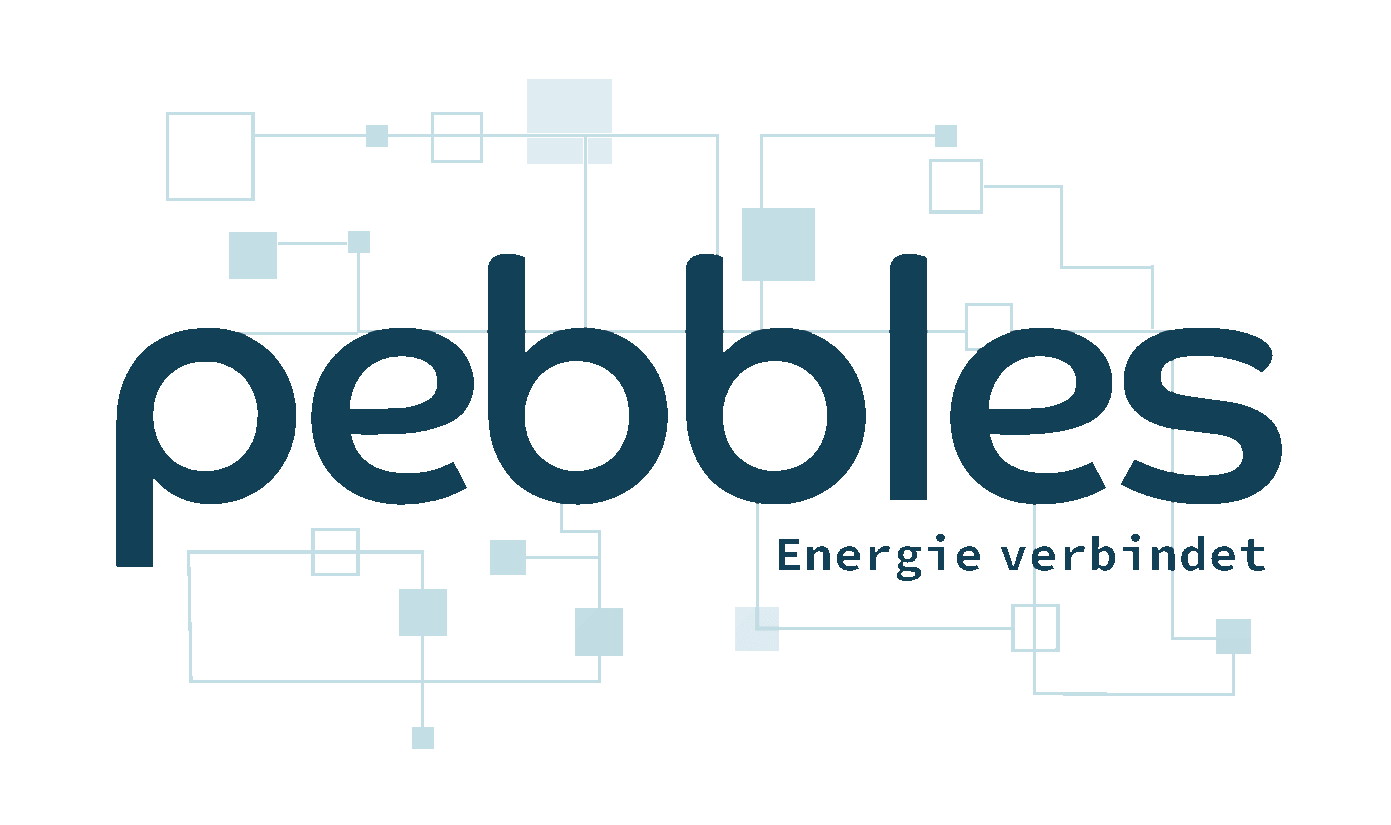33 years after Chernobyl - How the regional energy transition protects the environment and creates community
The Chernobyl disaster is still remembered by many citizens. But since then a lot has happened in terms of clean energy supply locally. In 2011, the German government decided to phase out nuclear power – the share of renewable energies in the electricity sector is now more than a third and new technologies and research projects are helping to ensure that everyone in Germany can continue to afford their energy.
Climate change and the great need for energy seem to have the potential to divide society. But that doesn’t have to be the case: 33 years after Chernobyl and eight years after the disaster in Fukushima the majority of the German population is in favor of renewable energies. Wildpoldsried exemplifies how local mobilization of renewable energies can strengthen communities or even create new ones.
The new video portrait highlights the emergence of regional energy communities that can supply clean energy to their members or others outside the local energy community thanks to new technologies.
“We had the common goal to generate as much renewable energy as possible so it was a joint effort. And now Wildpoldsried is proud of what has become of it.”, says energy farmer and farmer Wendelin Einsiedler.
Important in Wildpoldsried is also the use of blockchain technology as part of pebbles. In the community technology isn’t only a control element for the regional electricity, but also the basis for a possible regional electricity market. Solar power is already being traded in virtual marketplaces – this also creates a community.
Wildpoldsried shows the potential of renewable energies for the community: from the financing of renewable energy plants, through production to storage and decentralized trade to intelligent networking and security in the decentralized network.
